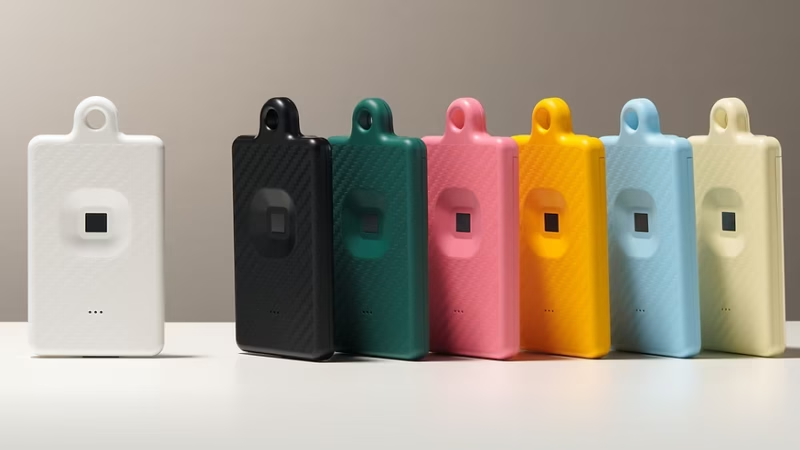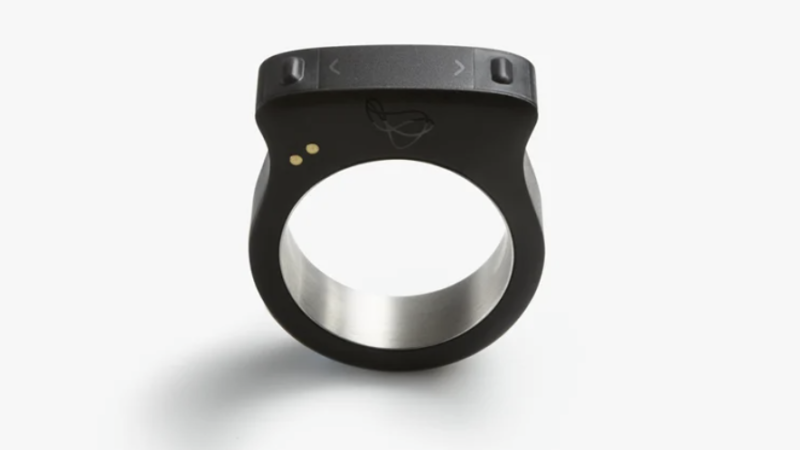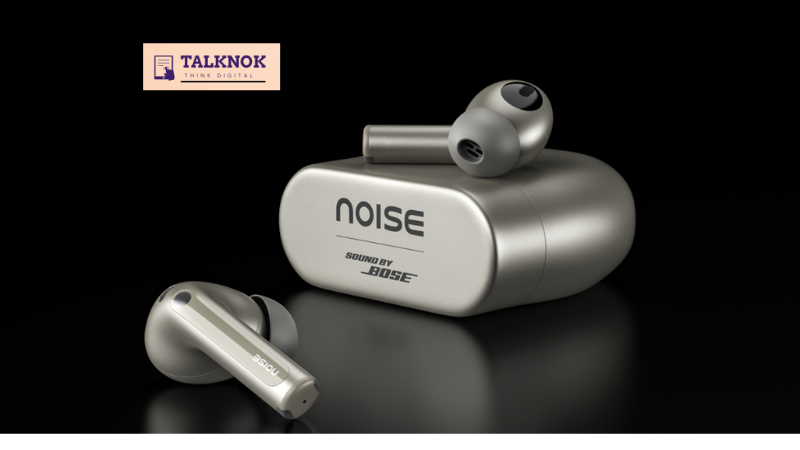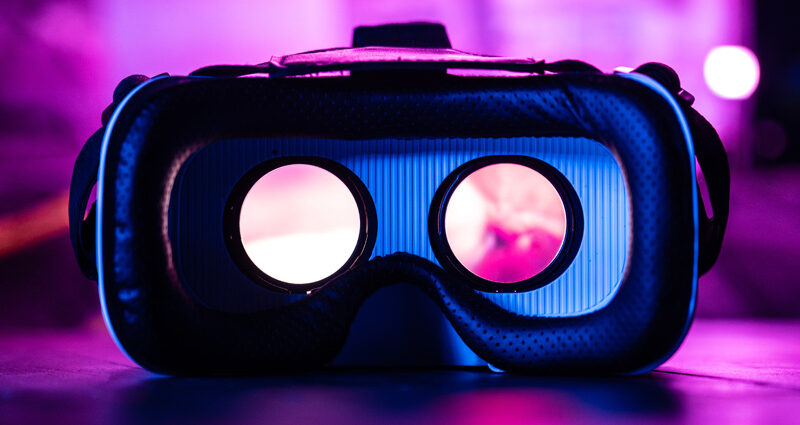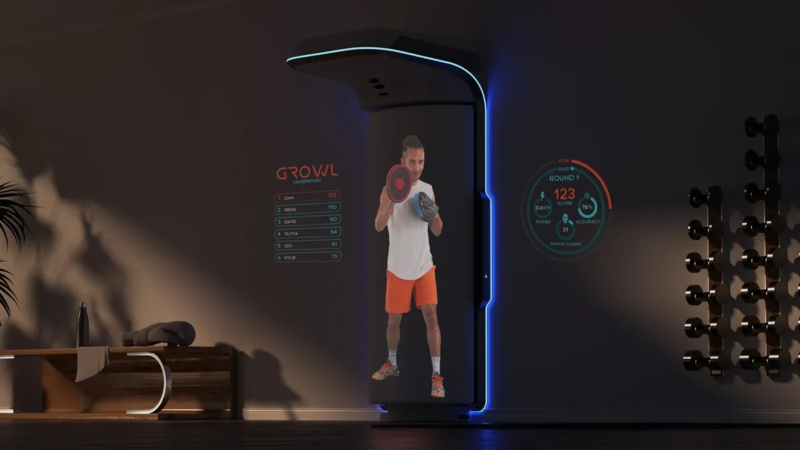The Ankerwork S600: The ultimate companion for your smartphone with All-in-One Speakerphone Bluetooth Speaker with Microphone
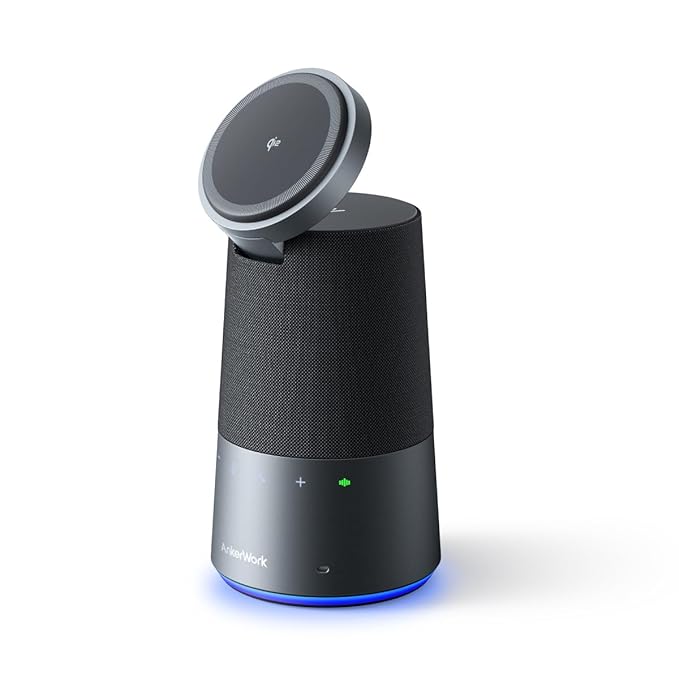
The Ankerwork S600, AI-Powered Voiceprint Recognition: This Bluetooth speaker with microphone features our AI-powered VoiceRadar 3.5 technology, which filters out non-target voices to make you stand out in calls, meetings, and recordings. A high-speed NPU chip analyzes your voice locally to keep your data secure.
the AnkerWork S600 speakerphone is an all-in-one device with a microphone, so probably designed for conference calls or meetings. it has some noise cancellation for the microphone that is a common feature in conference devices. it has a built-in stand or some way to position it on a table. Some devices are certified for specific software, which can be a plus. Also, integration with voice assistants like Siri or Google Assistant.
Additional features could include daisy-chaining multiple units for larger rooms, which the user mentioned. How does that work? Maybe via a USB-C connection? Also, touch controls versus physical buttons. The user said it has touch-sensitive controls, which can be sleek but sometimes less responsive than physical buttons.
Noise cancellation for the microphone using AI algorithms. That’s interesting. How effective is it? Maybe in a noisy environment, it can isolate voices better. The 8 microphones array probably helps with beamforming to pick up voices from different directions.
Price point is $169, which is mid-range. Comparing to other conference speakers like Jabra Speak series or Logitech’s offerings. Is the AnkerWork S600 competitively priced with those?
the AnkerWork S600 actually has a feature called “Voice Radar.” Anker does market the S600 with “Voice Radar” technology, which is their branding for the AI-driven directional microphones that focus on the speaker’s voice. The Voice Radar is Anker’s AI-driven feature for directional voice pickup and noise suppression. Highlighting how it uses beamforming mics and AI to focus on the speaker’s voice, even in noisy environments. Maybe include how it’s different from standard noise cancellation, like isolating specific directions or tracking movement. Also, mention practical applications, like open offices or hybrid meetings, where this feature would be beneficial. There could be in an environment with a lot of background noise or multiple speakers and need assurance that the Voice Radar effectively isolates the speaker’s voice. Voice Radar as a key feature, explaining how it complements the existing mic array and AI noise cancellation. Emphasize practical scenarios where this would be beneficial, like hybrid meetings or noisy environments. Also, compare it with other products, if necessary, but the user might be looking for a deeper dive into this particular feature.It also comes with AI noise suppression which performs voice isolation, environmental noise cancellation, dynamic adaptation, and acoustic echo cancellation. Each serves a different purpose.
Applications are next. The user was looking at speakerphones before, so conferencing tools like Zoom, headsets, content creation, live streaming, and smart devices. Examples from brands like Krisp, NVIDIA, Jabra would make it concrete. Benefits over traditional methods: better accuracy, context awareness, lower latency, scalability. Maybe compare them in a table as before. That visual helps.
Limitations: computational needs, over-suppression issues, cost, dependency on placement. These are important considerations for users.
What is Voice Radar?
- Core Function: Uses AI algorithms and directional microphone arrays to focus on voices from a specific direction (e.g., the speaker) while suppressing background noise.
- Key Technologies:
- Beamforming Microphones: 8-mic array that “steers” sensitivity toward the speaker’s location.
- AI Noise Suppression: Filters out non-human sounds (keyboard clicks, AC hum, traffic).
- Dynamic Tracking: Adjusts focus if the speaker moves or multiple people speak.
How It Stands Out
| Feature | Traditional Noise Cancellation | Voice Radar (Anker S600) |
| Directional Focus | Broad noise reduction | Pinpoints speaker’s voice directionally |
| Adaptability | Static settings | AI adjusts to speaker movement/room changes |
| Voice Isolation | Reduces background noise | Actively isolates and amplifies human speech |
Use Cases
- Noisy Environments: Open offices, cafes, or homes with background noise (pets, kids).
- Hybrid Meetings: Ensures remote participants hear on-site speakers clearly.
- Content Creation: Podcasts or livestreams where vocal clarity is critical.
- Front-Facing Presentations: Ideal for solo speakers or small groups.
Pros
- Crystal-Clear Voice Pickup: Focuses on the speaker’s voice, even in chaotic settings.
- Minimal Setup: No manual calibration needed—works out of the box.
- Portability: Lightweight and wireless, unlike fixed conference systems.
Limitations
- Best for Small Groups: Struggles in large, multi-speaker meetings (e.g., boardroom debates).
- Over-Suppression: May unintentionally mute non-voice sounds (e.g., clapping, ambient music).
- Dependent on Placement: Optimal performance requires the speaker to be within ~6 feet of the device.
Alternatives to Voice Radar
- Jabra’s Speak2 Series: Uses 360° sound and AI noise cancellation but lacks directional voice tracking.
- Poly Sync 20/40: NoiseBlock AI for general noise suppression, but less precise than Anker’s directional focus.
- Sennheiser TeamConnect: Advanced beamforming for larger rooms, but bulkier and pricier.
Who Should Care About Voice Radar?
- Remote Workers: Prioritize voice clarity in unpredictable environments.
- Frequent Presenters: Need reliable audio for webinars, pitches, or training sessions.
- Small Teams: Want scalable audio for huddle rooms without investing in enterprise systems.
The AnkerWork S600 is a professional-grade communication device designed to enhance remote work and video conferencing experiences. While specific details may vary, here’s a synthesis of its likely features based on Anker’s product trends and the “S600” designation:
Key Features (Hypothetical):
- Type: Likely a hybrid device combining a high-quality webcam with a speakerphone system, streamlining setup for home offices.
- Video Capabilities:
- Resolution: Potentially 4K or 1080p with HDR for crisp, clear video.
- AI Enhancements: Auto-framing, facial tracking, and low-light correction.
- Audio Features:
- 360° Microphone Array: For omnidirectional voice pickup and noise cancellation.
- Speakerphone: High-fidelity speakers with echo cancellation and AI voice isolation.
- Connectivity: USB-C or Bluetooth for seamless integration with laptops, tablets, and conferencing platforms (Zoom, Teams, etc.).
- Design: Compact, all-in-one build with easy mounting (e.g., clip-on for monitors).
- Professional Use: Tailored for remote workers, emphasizing plug-and-play simplicity and compatibility.
Comparison to Existing Products:
- Similar to the AnkerWork B600 speakerphone but potentially upgraded with a camera.
- Competes with devices like Logitech’s Brio webcam or Jabra’s Speak series, but with Anker’s signature enhancements (e.g., battery life, AI audio/video processing).
Target Audience:
- Professionals seeking an integrated solution for video meetings, reducing clutter and improving audiovisual quality.
For precise specs, check Anker’s official resources or recent announcements, as this analysis is based on educated guesses from Anker’s product ecosystem.

